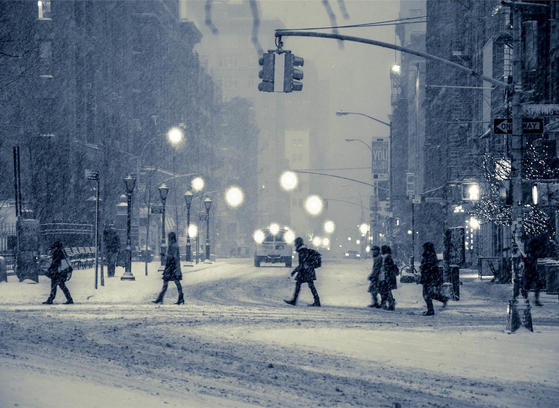Utility providers need to be at their best on their worst days. Across the country, every household and business relies on dependable access to electric, gas, water, telephone, and internet service. When the utility companies that provide these services experience outages, delays, and downtime the safety and wellbeing of customers are at stake. As a result, agencies governing the utilities industry place strict requirements on the availability and accessibility of utility providers – regardless of outside conditions.
At a recent webinar hosted by Hammer and Servion, CX industry experts explored how complicated this can be during extreme (and steadily worsening storm seasons) – and how that complexity makes storm readiness a crucial part of maintaining utility regulation compliance.
If you weren’t able to join our webinar live, here are the key takeaways that all utilities contact center leaders should know about storm readiness and how to avoid compliance fines.
The importance of storm readiness in utility contact centers
“10% of the year dictates everything for a utility company,” said Danny Urbanczyk, Hammer’s Utilities Account Director on the storm seasons that utility providers face. During storm seasons, utility contact centers experience their highest volume of customer communications: power outages lead to calls asking when things will be fixed and emergency messages about downed power lines and gas leaks.
In extreme weather conditions, it’s more important than ever that utility provider contact centers are able to efficiently prioritize and respond to these floods of calls, texts, and chat messages while also being able to dependably and accurately deliver their own outbound communications to ensure customer safety and awareness. If either of these contact center communication channels fail, utility providers may be on the hook for FERC, NERC, and other regulatory noncompliance fines that reach seven or eight figures.
Of course, beyond this financial risk is the very real human threat that a failure in these communication channels can pose. “If we don’t prepare for our worst days, the next day we’ll be on the front page,” said Frank Tersigni, Servion’s Chief Sales Officer.
How to prepare for extreme weather (and avoid extreme penalties)
In a utility provider contact center it’s easy to see the difference between a blue sky day and the chaos of storm season. Yet, many utility providers don’t allocate for those different levels of demand with different CX designs.
The design you use to support customers on a storm day needs to be different from a typical business day,” said Urbanczyk. And, if anything, your storm day needs to be your standard for system and design readiness.
To ensure the utility contact centers can handle the sudden increase in demand from internal and external sources, contact center leaders should perform utility-specific performance testing and load testing that simulates the worst conditions contact center applications, outage management systems, and CSRs will face.
Especially during extreme weather conditions, utility company contact centers should automate these performance and load testing to run at least every 15 minutes. Execute these CX tests even more frequently when new components are introduced to the CX environment or ahead of particularly high-demand periods. In all instances, CX testing should encompass all communication channels that customers may use during storm events to report emergency situations: phone, text, chat, and beyond – something that not all CX testing solutions can offer. “We love working with Hammer because they have the ability to perform cross- and multi-channel tests for all of the different components and channels that get introduced to contact centers,” said Tersigni.
Hammer has developed utility-specific test plans that isolate and validate commonly found chokepoints through a progression of tests that increase in complexity and scale. These test plans are executed to ensure that utility contact centers can meet regulator-required storm conditions (typically 70-90% outage conditions).
Hammer Contact Center solutions can help
For over 30 years, Hammer has been the world leader in automated CX testing and quality assurance. In that time, we’ve helped some of America’s largest utility providers prepare their organizations for the most extreme weather conditions.
From customized test planning and comprehensive, end-to-end vulnerability assessments to ongoing quality monitoring and performance optimization, Hammer solutions are built to protect your brands reputation and help you deliver world-class customer service when and where it’s needed most.
Interested in learning more? Contact our team today to see how Hammer can help you overcome the worst conditions that Mother Nature throws at you.
Additional Information
- Hammer CX solutions for utilities
- On-demand Webinar - Bracing for the Storm: Ensuring Contact Center Resilience in Harsh Weather
- How to prepare contact centers for the next heat wave
- How to prepare contact centers for hurricane season







